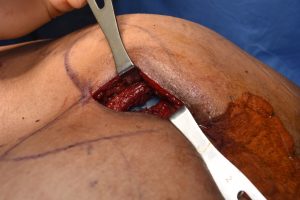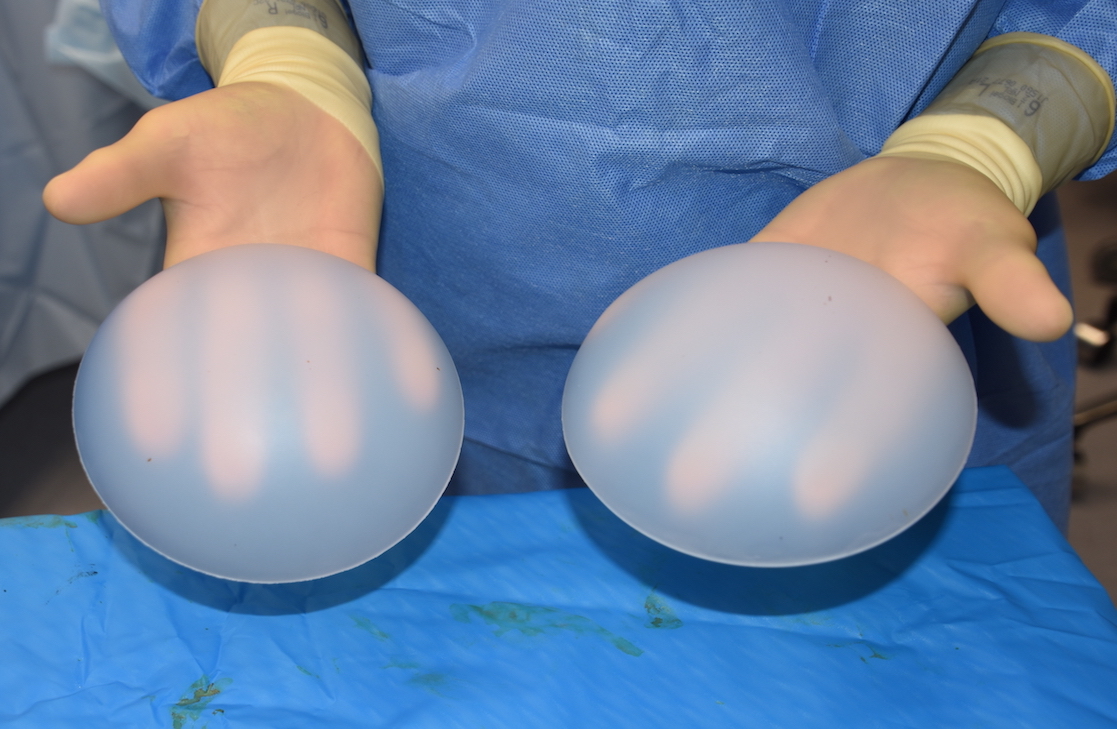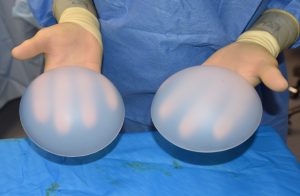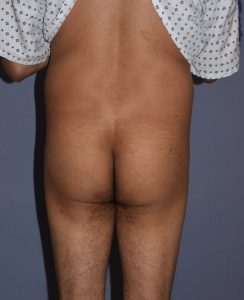Background: Buttock augmentation is most commonly performed by fat injections, reserving implants for non-candidates or inadequate BBL results. While these buttock enhancement approaches apply to both women and men there are some gender differences. While men can do like women synthetic fillers and fat injections they often are less tolerant of procedures that require multiple treatments and whose effects are more modest. Their often smaller and flatter buttocks are more resistant to augmentation efforts with stronger intergluteal muscles and a thinner subcutaneous fat layer.
In placing buttock implants the three pockets that can be developed are subfascial, intramuscular and submuscular. It is fair to say today that the subfascial pocket, while once the only location buttocks implants were placed, is now far less frequently used due to its higher rate of short and long term complications. The intra- and sub muscular locations are now preferred due to their lower rate complications. Of the two the intramuscular location is the most well known and practiced in the U.S. It is more challenging to perform of the two but can have very good results. The submuscular pocket, more common in Europe for example, is less well known in the U.S.. It is more problematic to perform as it relies on a gel-type buttock implant which does not exist in the U.S. and passes far easier through the limited tunnel through the muscle into the submuscular space.
Case Study: This male desired buttock implant augmentation for his typical small flat buttock side and shape. The implant size goals was to place as large an implant as possible as long as relatively tension free muscle closure could be done over it.



Case Highlights:
1) While men undergo buttock enlargement surgery far less than females, they typically prefer implants over fat injections which are also more effective.
2) The intra- or submuscular buttock implant pocket location offers the least long-term risk of complications albeit with a harder initial recovery.
3) The intramuscular pocket has implant size limitations that are typically in the 300cc to 400cc volume range.
Dr. Barry Eppley
World-Renowned Plastic Surgeon






